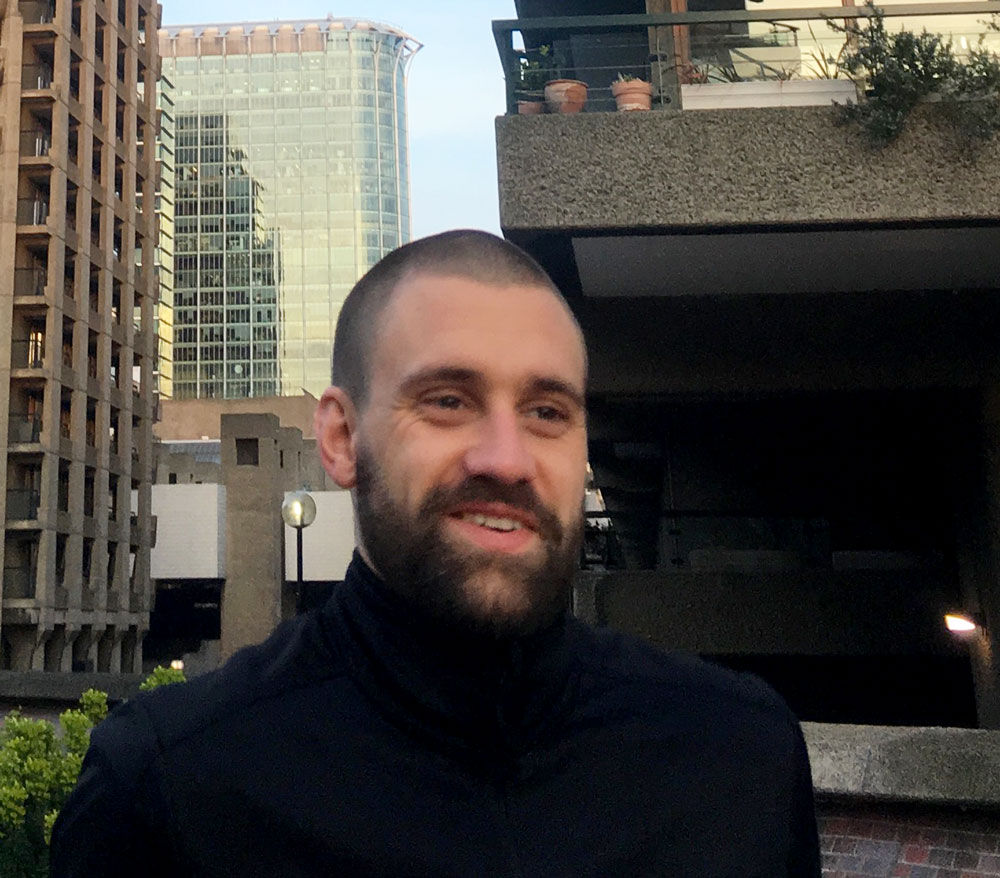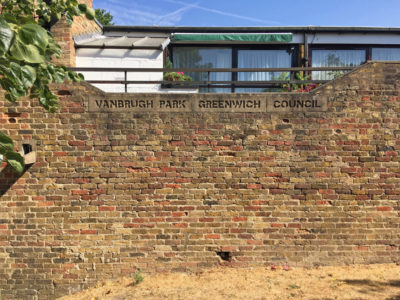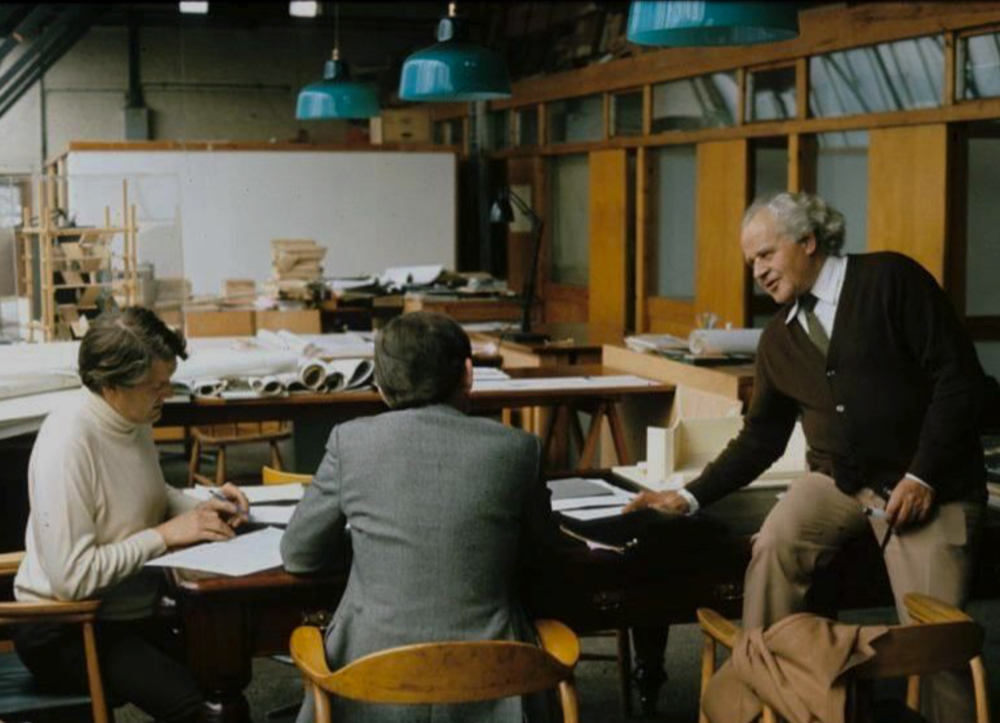Night photography
Recording a city against a velvet blue backdrop
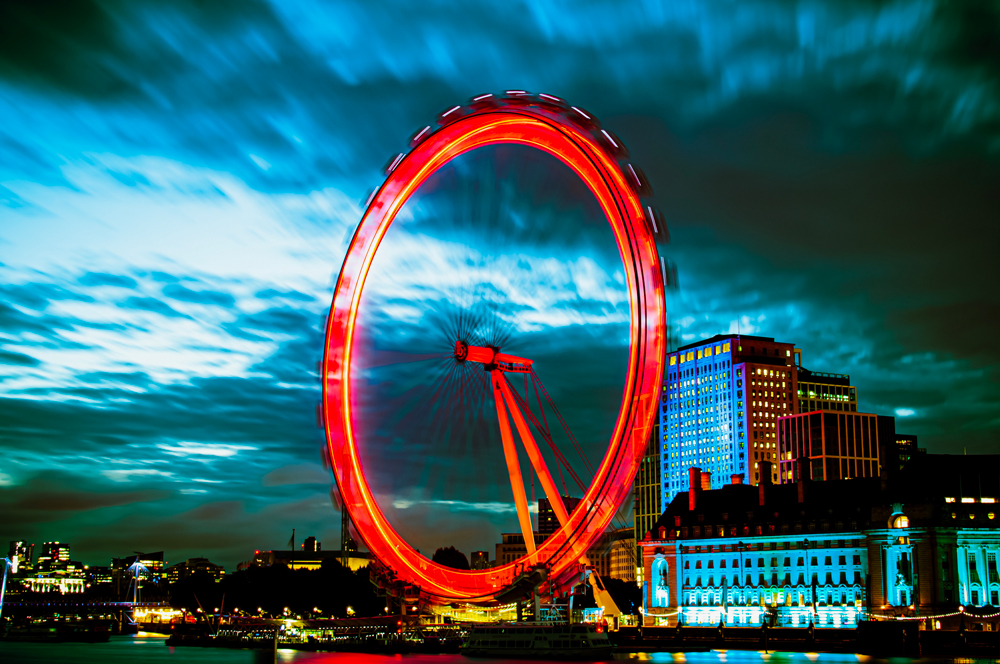
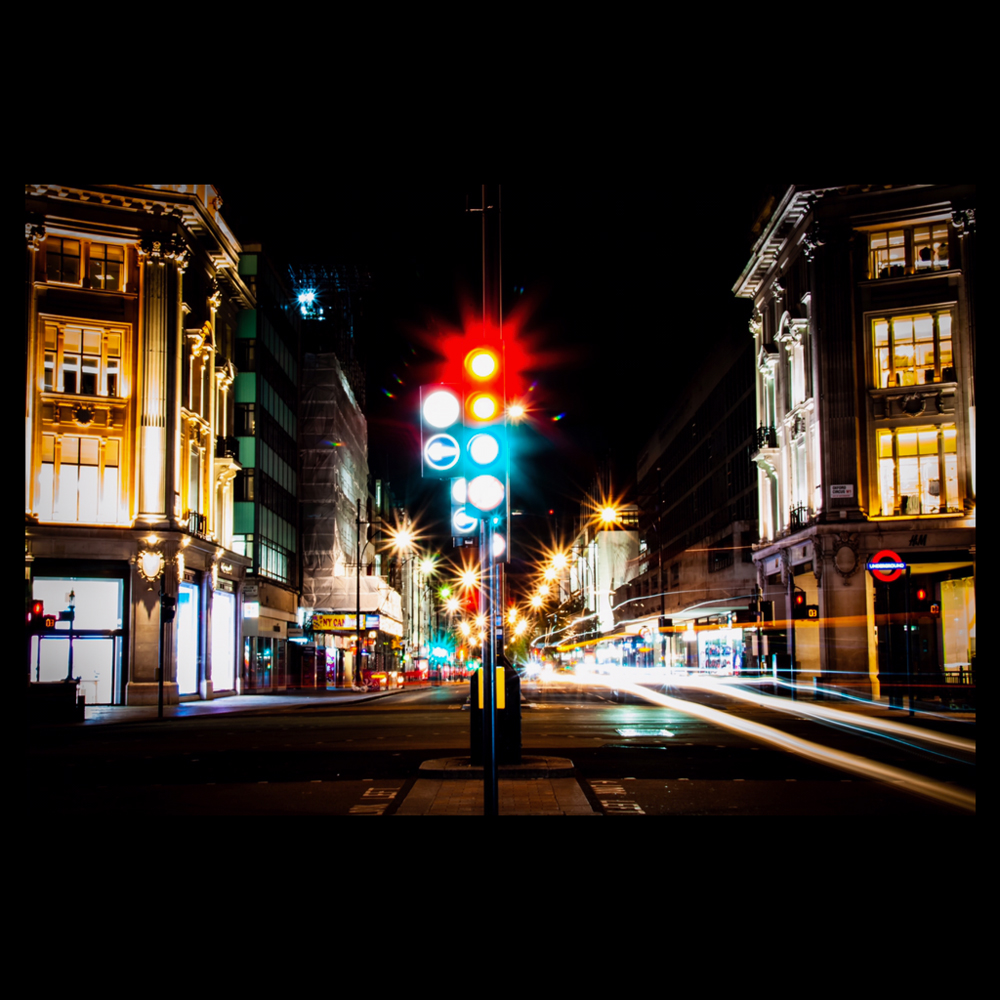
London Traffic Lights
Four hundred years after Caravaggio’s death we are still fascinated by light and dark, the Italian term is Chiaroscuro, it was put to excellent use in Fritz Lang’s film Metropolis. Today, London at night is a photographers playground, especially if you love a deep stygian shadow sat next to an icon illuminated by artificial light. Or you love capturing textured concrete cast in shadow. It’s the perfect setting for night photography, capturing the dramatic effect of contrasting areas of light and dark that Caravaggio craved.
Matt Mcllroy takes beautiful photos of his home city, London at night and calls it both his hobby and his passion. Greyscape caught up with him recently.
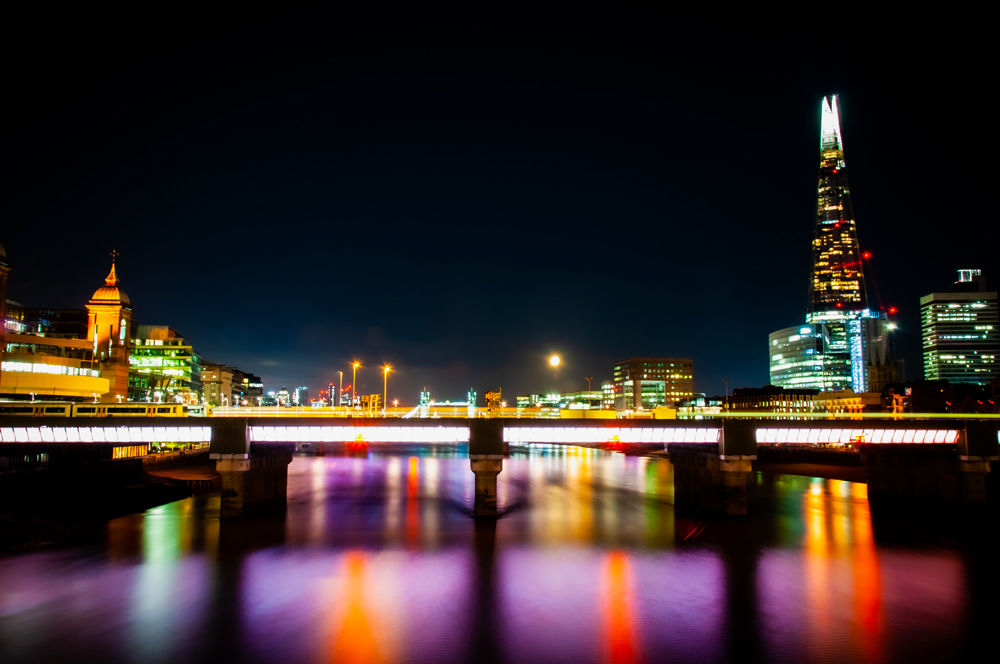
Illuminated River Thames Project
Why night photography?
My ‘day-job’ is working in acoustics, I’m dealing with noise on a daily basis. I use night photography as a way to escape the everyday hustle and bustle and pressures and stresses of work in order to try and find that elusive work-life balance. It’s immensely pleasing to find a quiet spot, set up a camera and tripod and disappear into my own bubble. It is never boring.
The best way to really learn this type of photography is to experiment, it helps if you find a subject that you are really interested in capturing. Then there is ‘style’ to consider. There are so many, some photographers love black and white, some portraits, some landscapes and my love, which is long exposure night-time photography. This is a relatively new love that I found from experimentation, but I have really taken to it and enjoy seeing the results. After every shot, I review the image on camera, which helps me make changes. Each photo takes into account problems that might have occurred in the previous one, such as problems with lighting, positions, framings and focus so it is a constant learning curve. The evolving results are a real thrill and part of the artistic process.
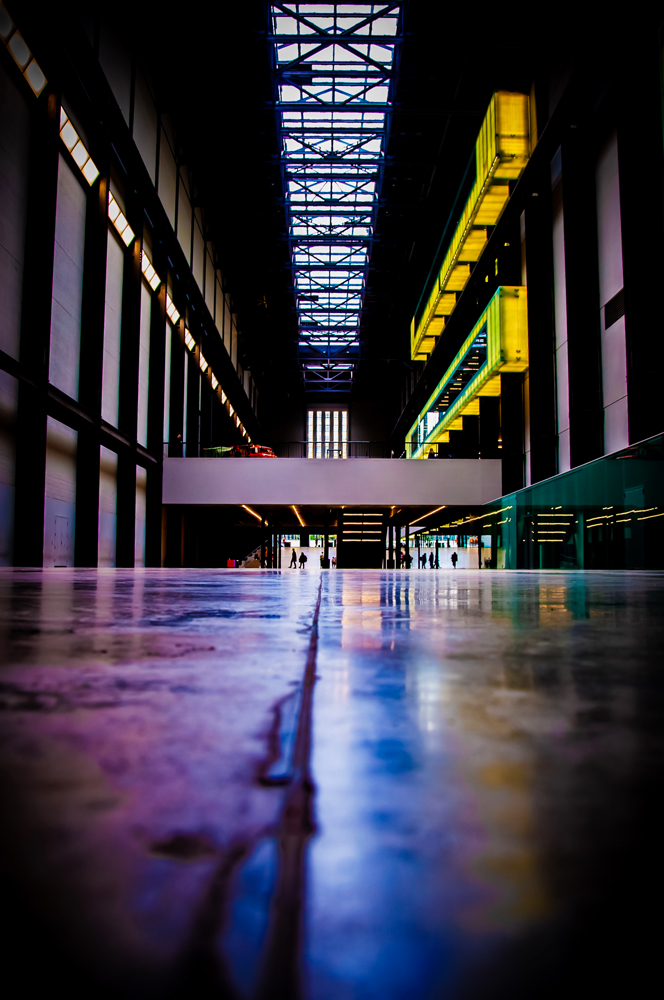
Inside the Turbine Hall of the Tate Modern London
The camera shutter is open for longer periods of time, allowing moving objects to blur or create light trails. It highlights the colours of static objects creating detailed and vibrant images. This style is usually undertaken in low light conditions, making the night-time a great time to experiment.
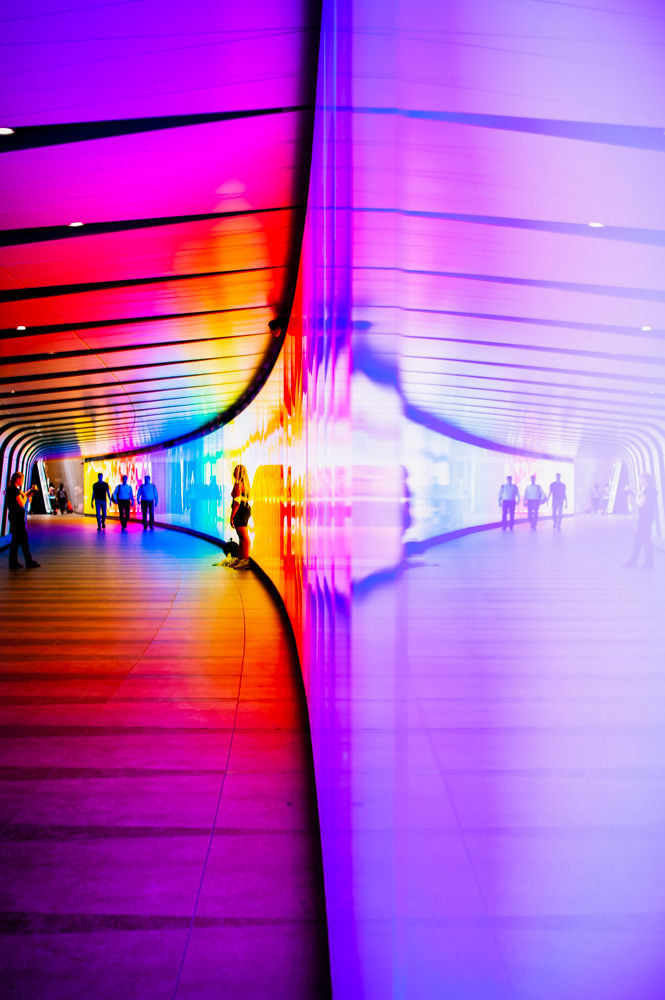
Kings Cross Station Walkway
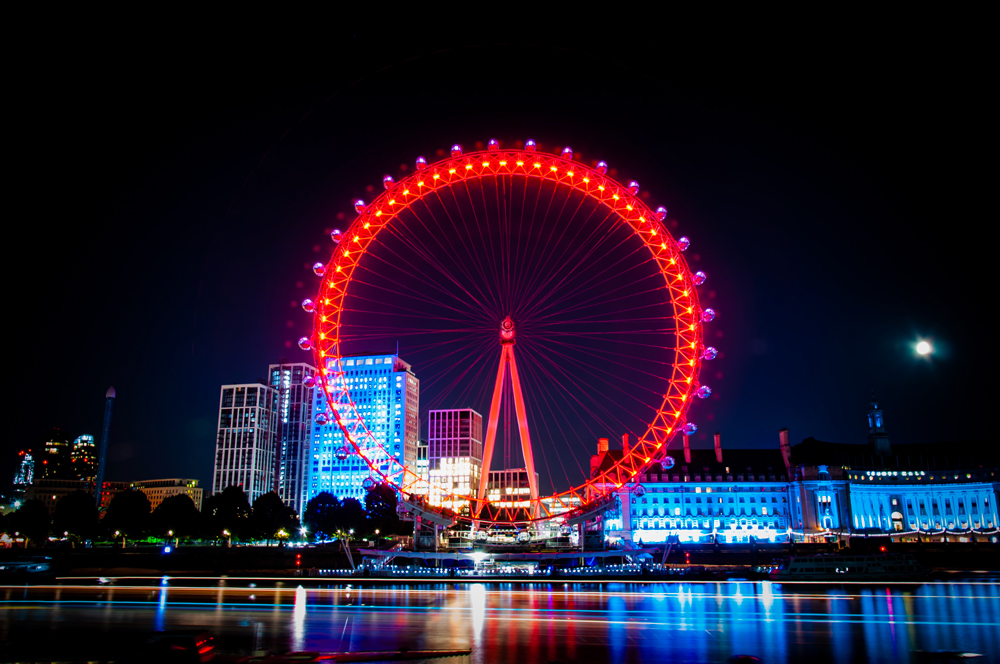
The London Eye by night
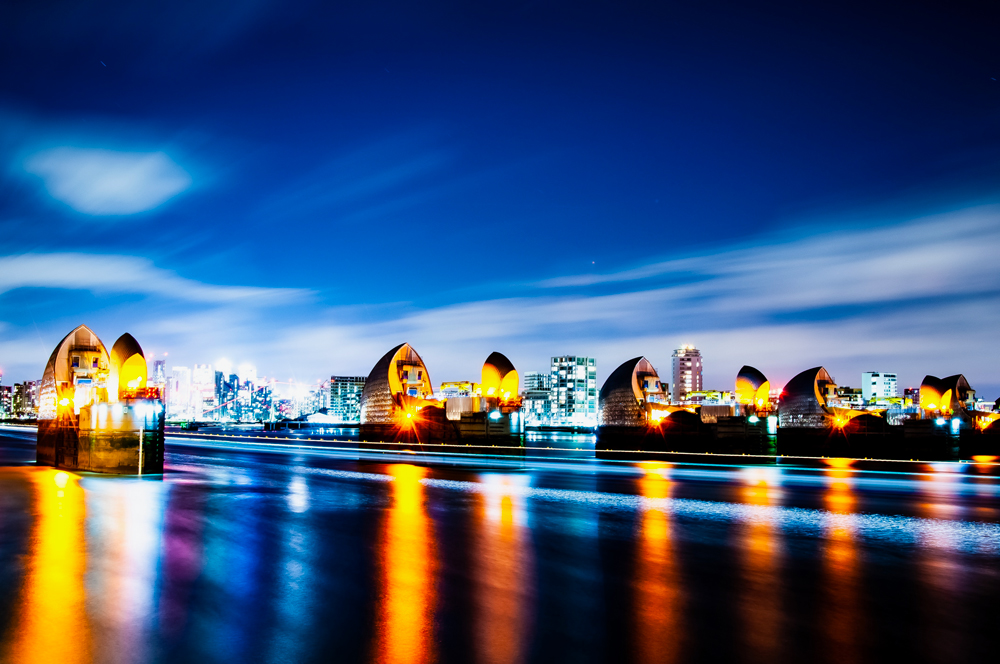
Thames Barrier
Do you work in any other styles?
Photography has been a passion for well over 10 years, so of course, there is a natural evolution in my style. I’ve dabbled with land and cityscapes, alternative modelling shoots as well as architecture, actually with a few other styles in between.
I use what many would call an antique these days, a Nikon D90, I got this new around 10 years ago and when you have something new and expensive you worry about protecting it. Now it is old and reduced in value I feel much more comfortable throwing it in a bag and heading out to take shots at day or night. It is a great all-rounder, but I will most likely upgrade to something a bit more flash as my photography grows.
I also use my iPhone 7plus which is a great little camera, especially when combined with the Adobe Lightroom phone app. This allows the camera to become much more dynamic and provides decent editing capabilities on such a great portable device.
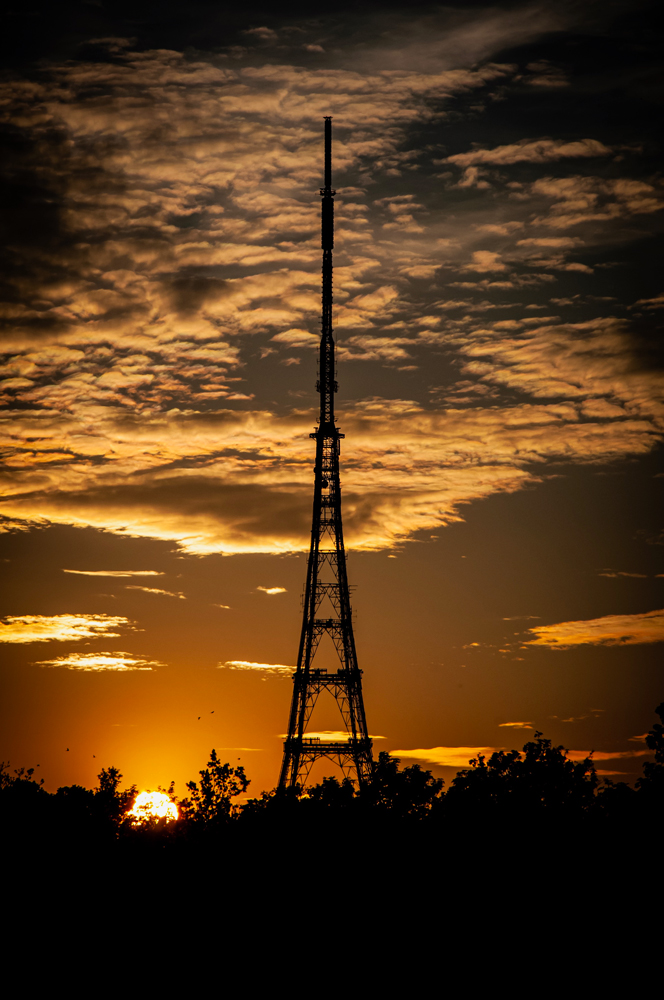
TV Transmitter Crystal Palace London
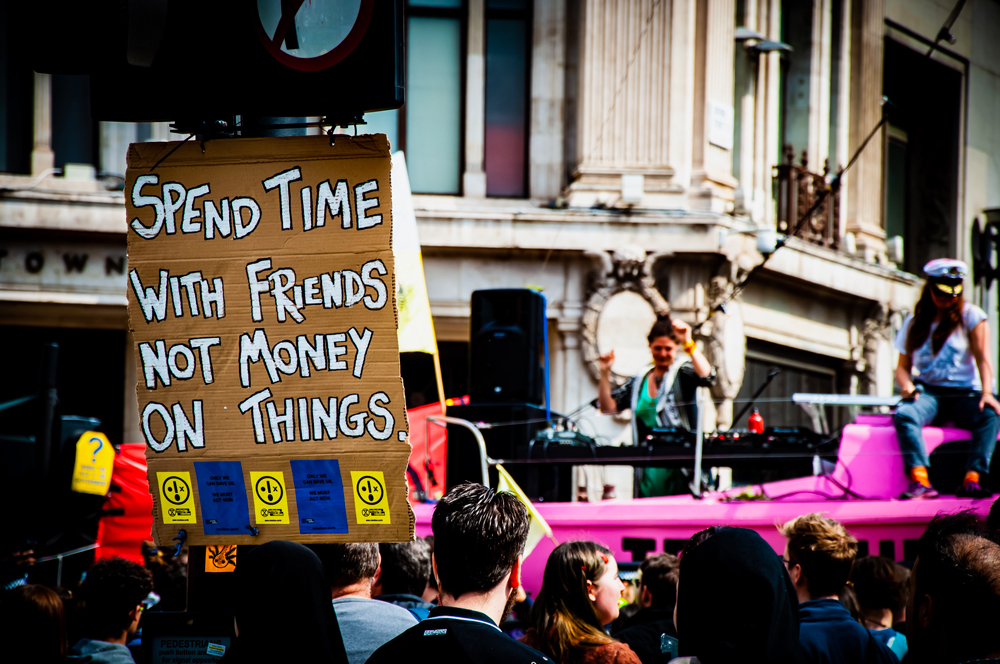
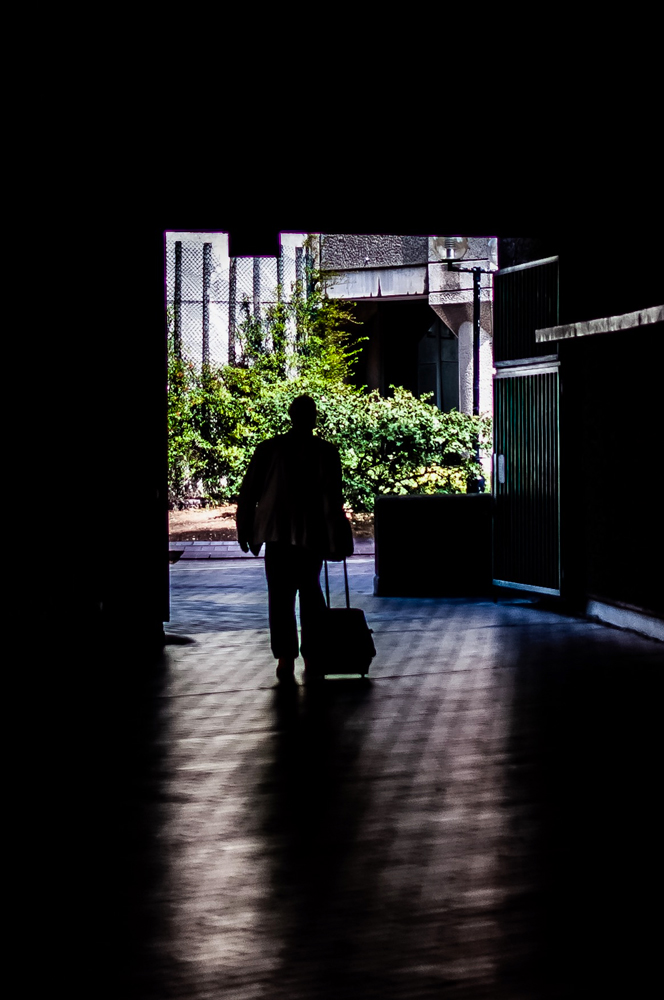
Barbican Estate Brutalist Architecture in Shadow
Any London architectural favourites?
There’s never any shortage of impressive architecture, from the brutalist Barbican to new gleaming skyscrapers each bringing new and different challenges for a photographer from framing through to balancing detail and exposure. Each shot brings its own issues and spectacular opportunities.
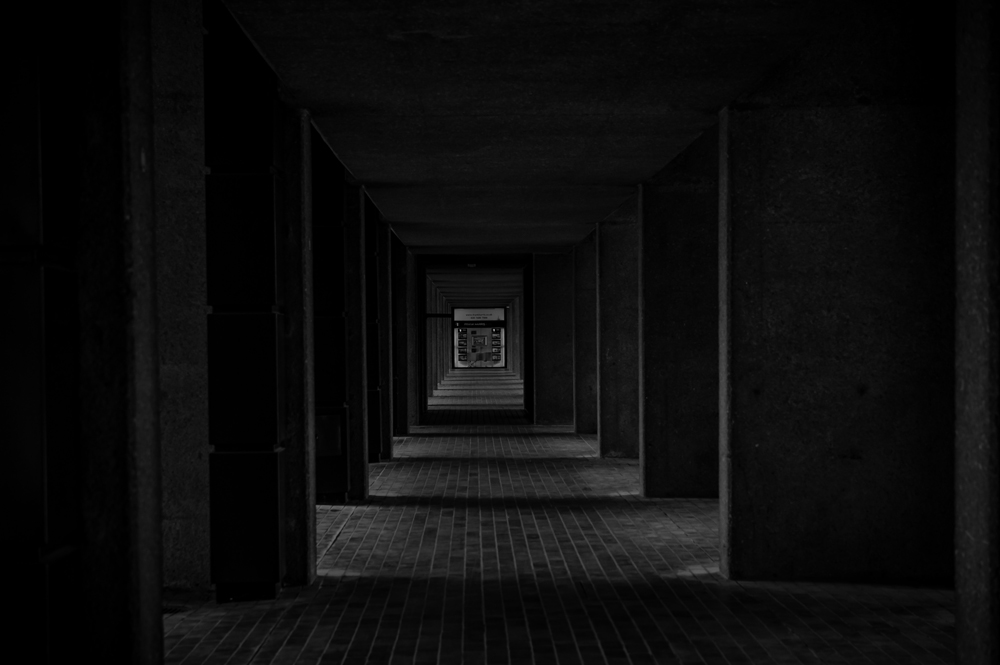
Barbican Estate
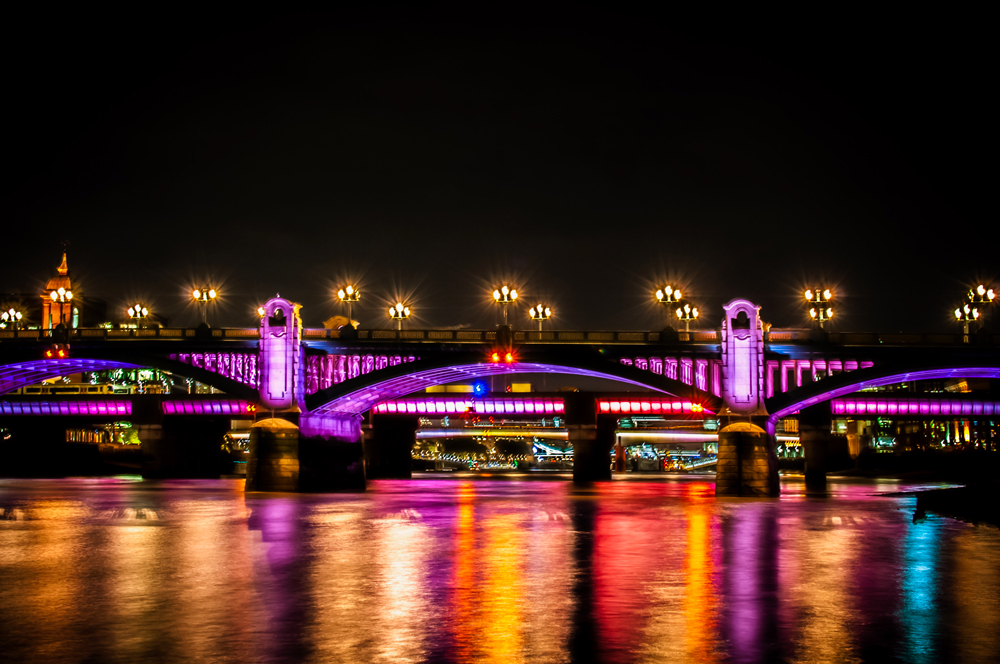
Bridges Over River Thames, London
What do you tap into for inspiration?
It can be something as simple as a favourite place. Inspiration comes in many forms. Aside from that, anywhere with iconic views, a landmark or something out of the ordinary will always appeal.
And your favourite?
Bankside looking across from the Tate Modern to St Paul’s Cathedral. The views are stunning, the River Thames in the foreground and the old Bankside power station towering behind, by day live music creates a vibrant feel, but by night its calm, peaceful and is a great place to capture images across the river with light trails from passing boats helping to enhance the image.
‘Light trails are always fun especially from busses, which is very recognisable and just screams London especially with a famous site or object, like the wonderful TFL roundels’.
London Underground Station
Is there a quality that a night photographer needs?
Patience! Sunset and sunrise shots are really nice to shoot but require patience and can be very hit and miss depending on the conditions on the day or night. There have been many occasions where I’ve attempted sunset photos but have not been successful (so be prepared to return to get the final image you hoped for). However, once the sun has disappeared focus on the next job in hand, those really special long exposure shots which now take centre stage.
Can you share advice about what to do if the image isn’t coming together?
It’s a smart idea at the outset to be conscious that the shot is not always going to happen, to work out as you hoped or intended. If you get the sense that you have made too many attempts it is important not to waste too much time. I often position myself somewhere and try various shots, but lens flare can sometimes be tricky when there are lots of street lights or stray lights in close proximity. If they are all around that can be hard to block. Try to frame your shot and capture certain trails. If it’s not working just be analytical about it, move to another spot and start again.
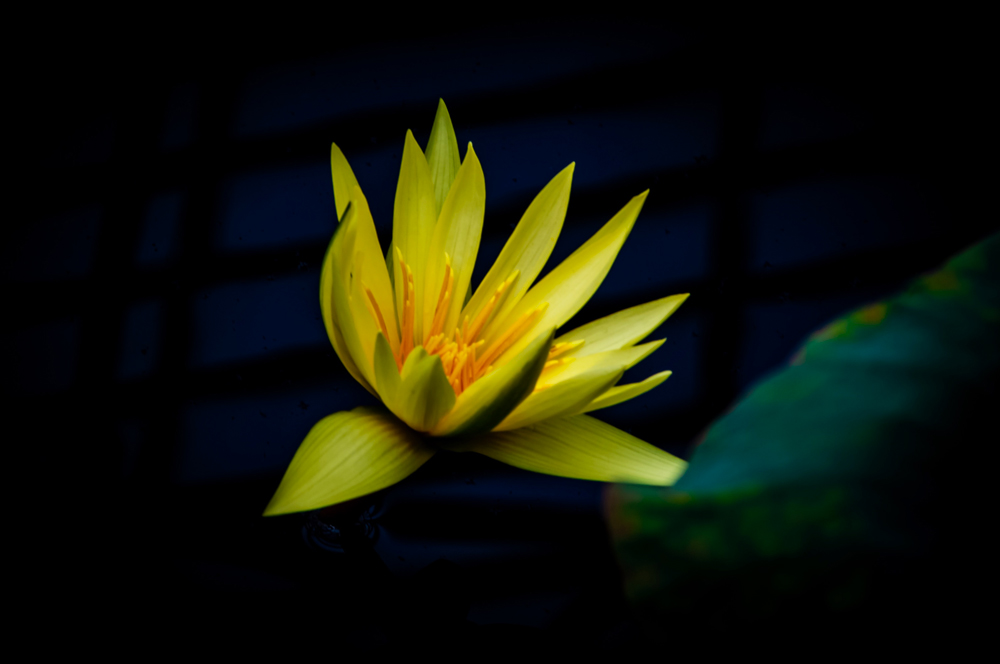
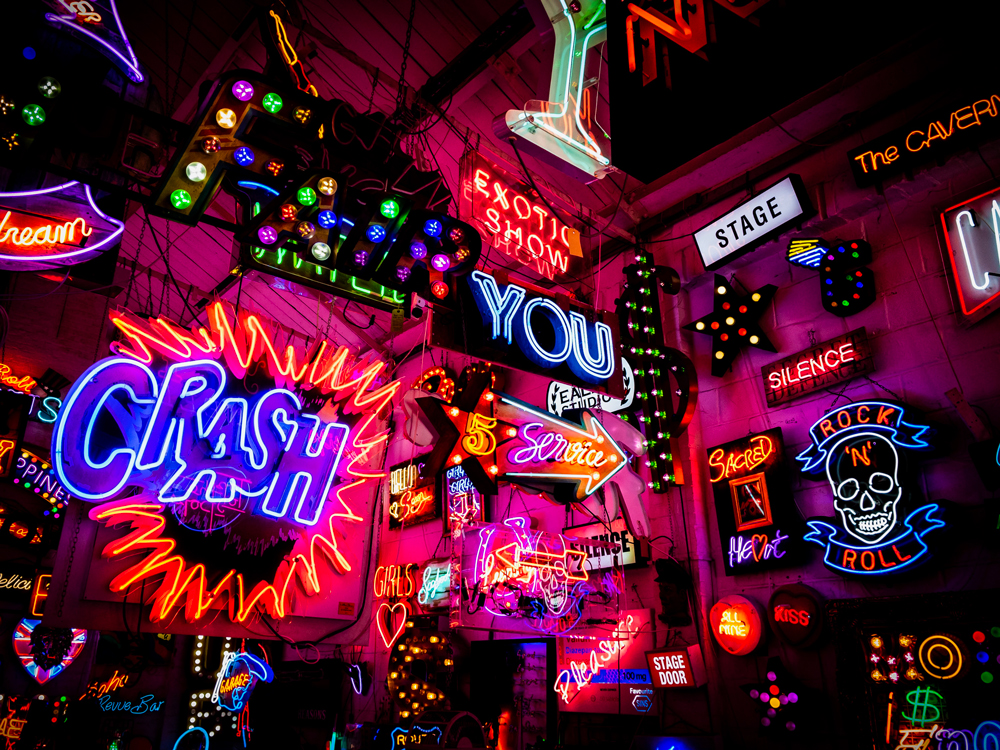
Gods Own Junkyard Walthamstow




